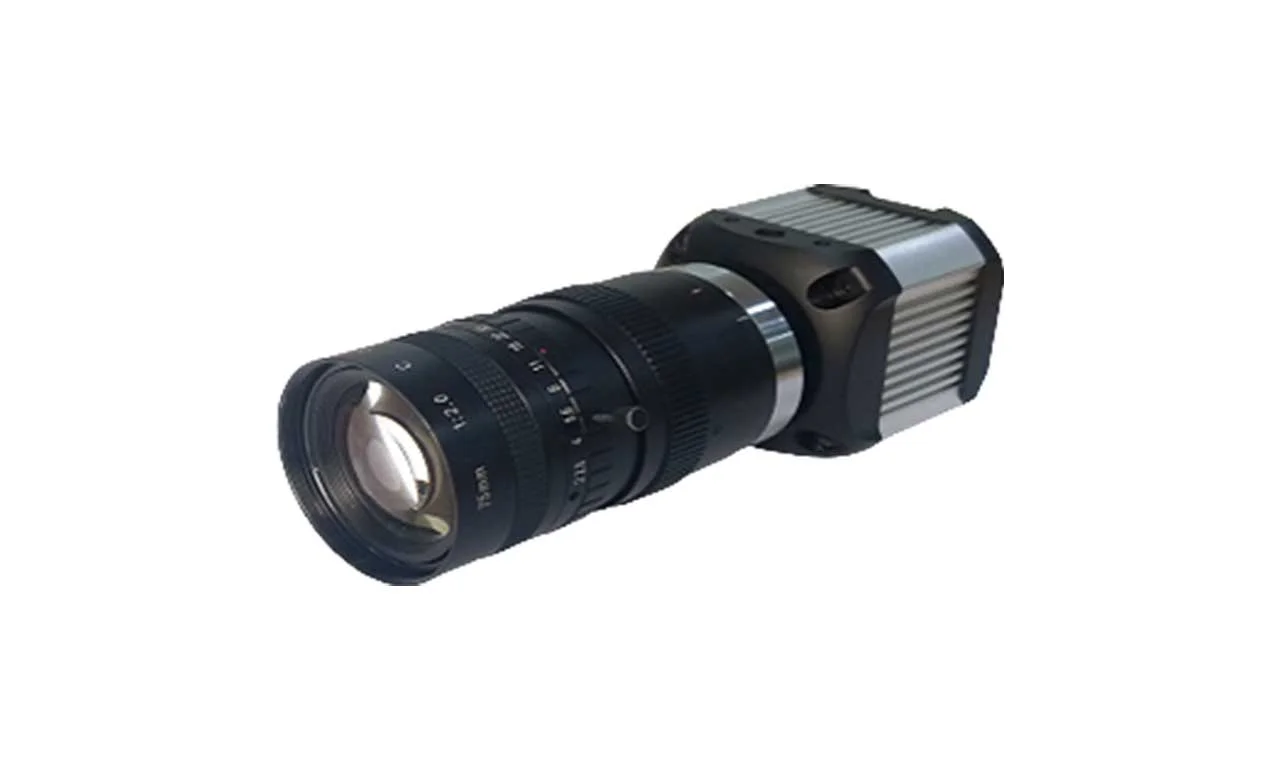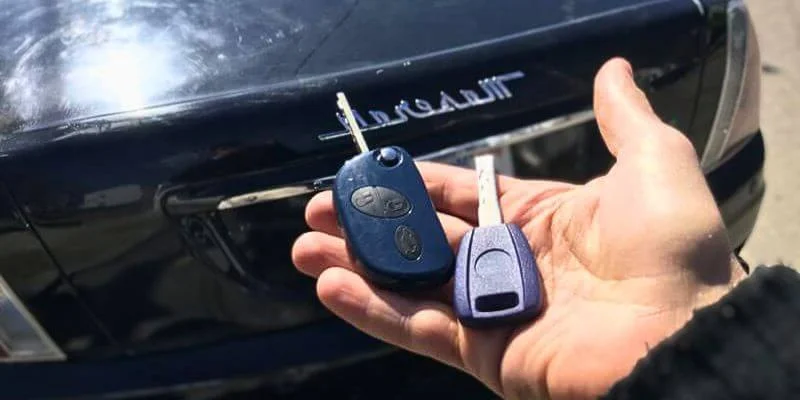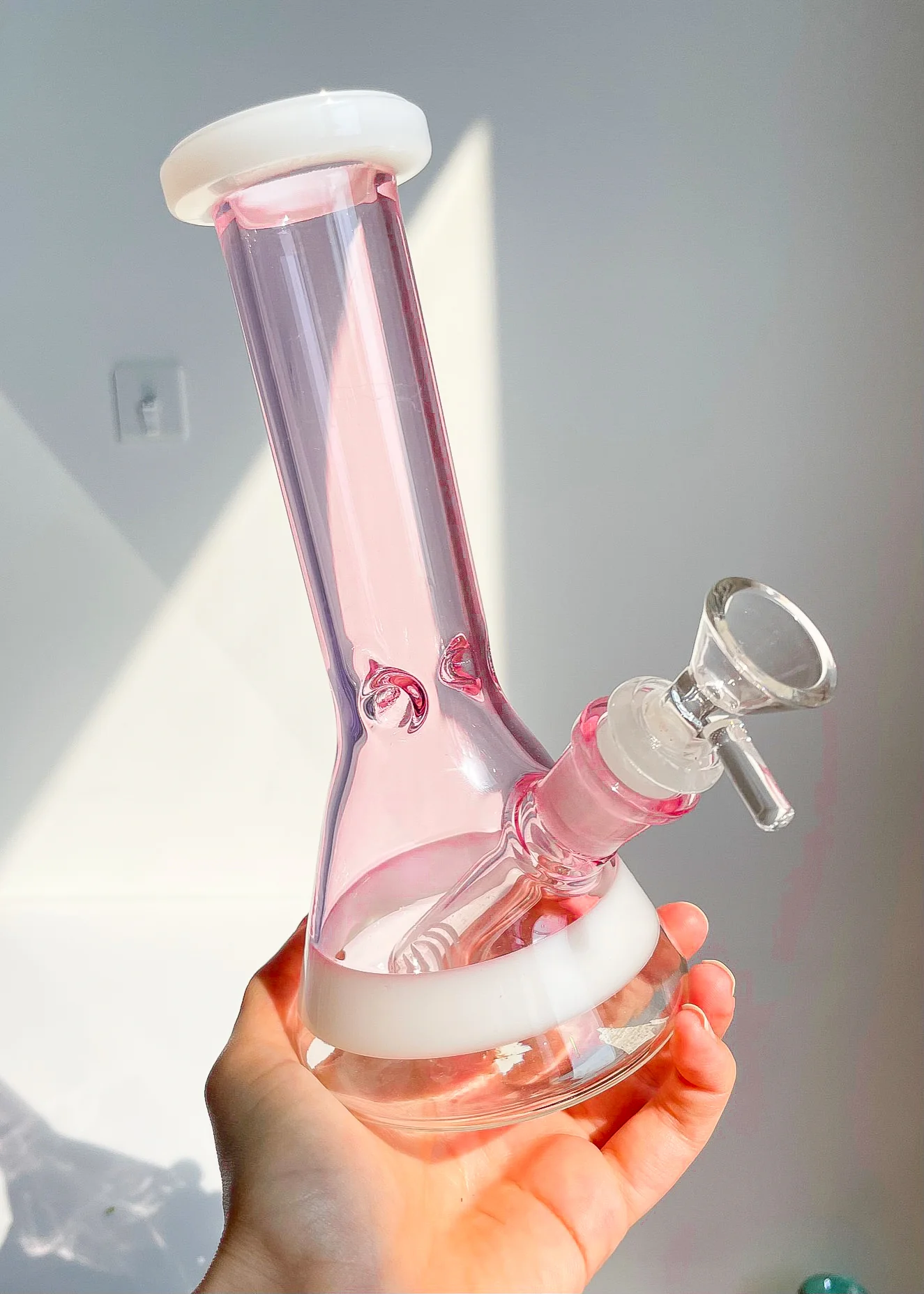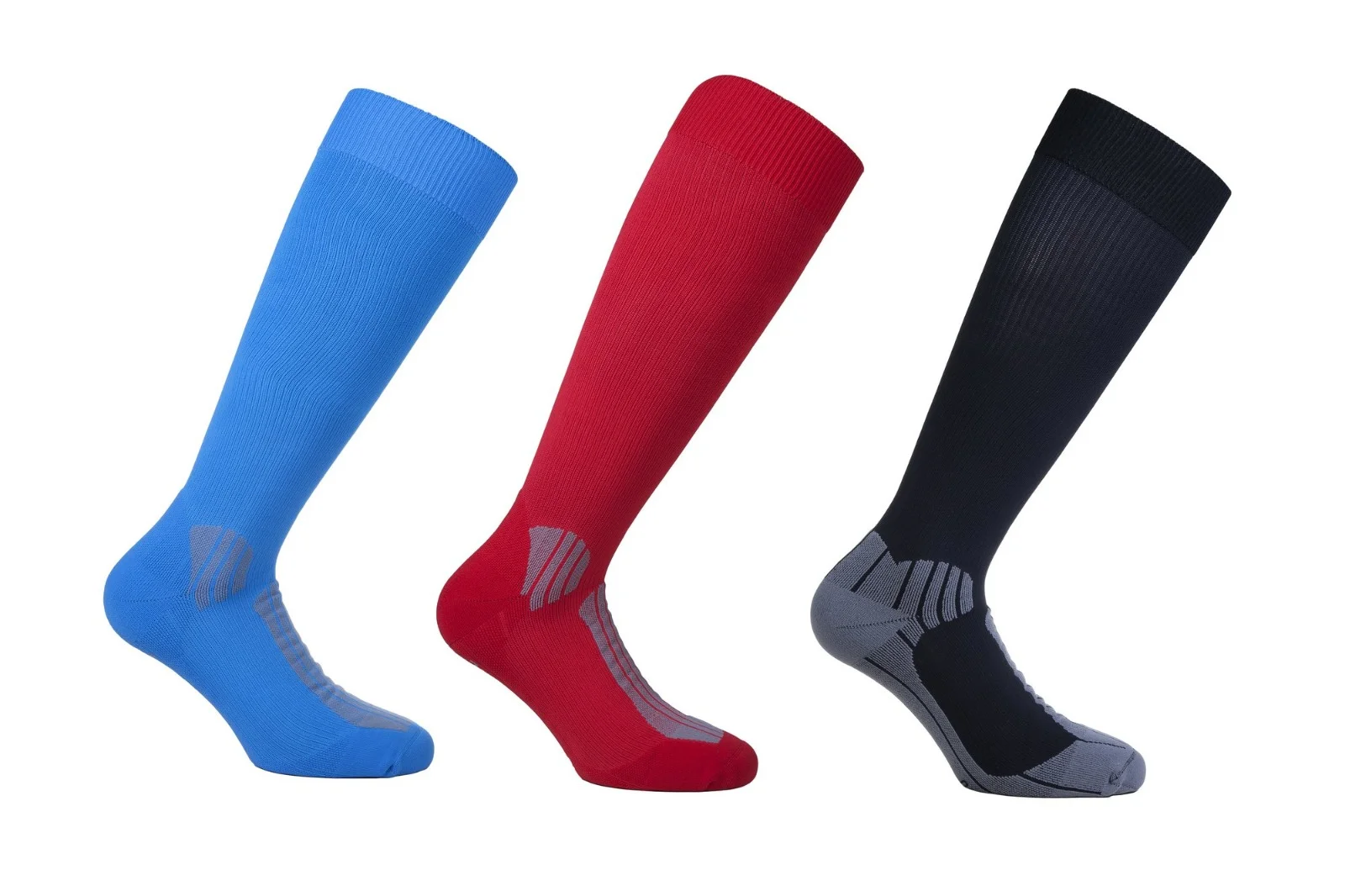One of the essential investments you can make as a business owner is thermal cameras. Thermal imaging has become increasingly popular and is now used in everything from police investigations and crime scene analysis to building inspections, agricultural surveillance, industrial maintenance, firefighting operations, and more.
These cameras offer extremely accurate temperature readings and provide businesses with valuable insight into energy audits – helping them save money on energy bills by detecting air leaks or faulty insulation. In this blog post, we will discuss a few of the key advantages of investing in a thermal camera for your business!
Introduction
Investing in a thermal camera pro may sound daunting to some businesses. Still, the prudent business owner should understand that such an investment pays major dividends. A quality thermal security camera can be useful when identifying potential issues with electrical components, air conditioning systems, and other mechanical problems.
It will detect temperature differences so you can act quickly on any potential maintenance or repair needs and save time and money. The enhanced diagnostics of a thermal camera have proven crucial to keeping systems correctly calibrated and operating as expected. You can benefit greatly if you invest in this technology–you’ll have the peace of mind that everything is running efficiently while avoiding costly repairs or replacements that occur when issues are detected too late.
Why thermal cameras are better
Thermal cameras are becoming an increasingly popular tool for temperature assessment, and for a good reason. Thermal imaging uses infrared radiation to measure an object’s temperature without contact, making it faster and more accurate than traditional methods. Additionally, it is safe and non-invasive since it does not emit any energy and captures only the radiated temperatures of objects up to several hundred meters away.
Unlike traditional methods that rely on contact probes, this method doesn’t require invasive setup or cause discomfort to the monitored subject. Furthermore, thermal technology has become incredibly advanced and cost-effective in recent years, allowing even medical practitioners to benefit from its high accuracy and convenience. For these reasons, thermal cameras are quickly replacing traditional methods as the preferred choice for a temperature measurement device.
Accuracy and speed
Thermal cameras offer powerful accuracy and speed benefits for a variety of applications. Using thermal imaging technology, these cameras detect infrared radiation emitted from objects at varying temperatures, producing images that provide clear details and temperature readings essential for both residential and commercial professionals. When used by medical/clinicians such as doctors and nurses, they help reveal the presence of illnesses or injuries by identifying changes in temperature that other technologies do not pick up.
Regarding construction projects, thermal cameras deliver accurate and immediate feedback on materials which can help engineers determine issues or areas with leaks or weak points. Thermal cameras are also helpful when inspecting electrical or mechanical systems due to their capacity for detecting overheated wires and other components, which can lead to failures when not dealt with in a timely manner. Ultimately, no matter the application, thermal cameras have become an invaluable tool of choice when the need arises for accurate and ultra-fast results.
Improve operations, save time and money
Installing a thermal camera can provide tremendous efficiency and cost benefits for any organization. It can help monitor and maintain production processes, detect equipment failure points quickly, increase preventative maintenance accuracy, detect temperature irregularities that may lead to costly downtime or product defects, save time with remote monitoring, and eliminate energy waste from cooling or heating equipment.
Moreover, thermal cameras allow businesses to cut monitoring costs while still providing high-quality surveillance and service. Investing in a thermal camera will make operations more efficient and cost-effective and save money in the long run.
Different types of applications that benefit from the thermal camera
Thermal cameras are incredibly useful tools in a variety of different industries. From medical practitioners to maintenance engineers, anyone who wants to detect temperature changes and measure heat will benefit from a thermal camera on hand. In the medical industry, they can detect a fever and diagnose any issues with circulation or inflammation. In engineering, hot or cold spots in equipment can be easily identified and damage prevented before it happens.
Energy efficiency surveyors also use thermal cameras because these devices can identify air leaks that are not visible to the naked eye. Thermal cameras also have many other applications, such as detecting wildlife for wildlife biologists and locating objects at night for search and rescue operations. Nothing beats having an accurate thermal camera at hand when finding out what is hot and what is not.
Industries where having a thermal camera is advantageous
Construction:
Thermal cameras can detect energy leaks in buildings, identify water damage, and locate potential electrical problems. They can also detect areas of heat loss during construction and ensure that insulation is properly installed.
Manufacturing:
Thermal cameras can detect overheating equipment, identify machinery malfunctions, and ensure products are manufactured at the correct temperature. They can also be used to monitor equipment and detect potential safety hazards.
Electrical and HVAC:
Thermal cameras can detect electrical hotspots, locate faulty wiring, and identify areas of potential fire hazards. In the HVAC industry, thermal cameras can identify areas of energy loss and ensure that heating and cooling systems are working efficiently.
Firefighting:
Firefighters can use thermal cameras to detect hotspots and locate people and animals in burning buildings. They can also identify potential structural weaknesses and help firefighters make more informed decisions during emergencies.
Security:
Thermal cameras can be used in the security industry to detect intruders and identify potential security threats. They can also be used to monitor the perimeter of buildings and identify areas of vulnerability.
Conclusion
In conclusion, investing in thermal cameras can be a beneficial way to invest in your business. They allow you to monitor energy where it is produced and used and provide a safer environment by monitoring potentially hazardous temperatures. Their ability to track heat signatures provides a more holistic view of the equipment and systems without requiring contact.
Also, thermal cameras act as another detector allowing an operator or response team to respond quickly to any problems. For all these reasons, we highly recommend you consider investing in thermal cameras as part of your overall safety program.


















